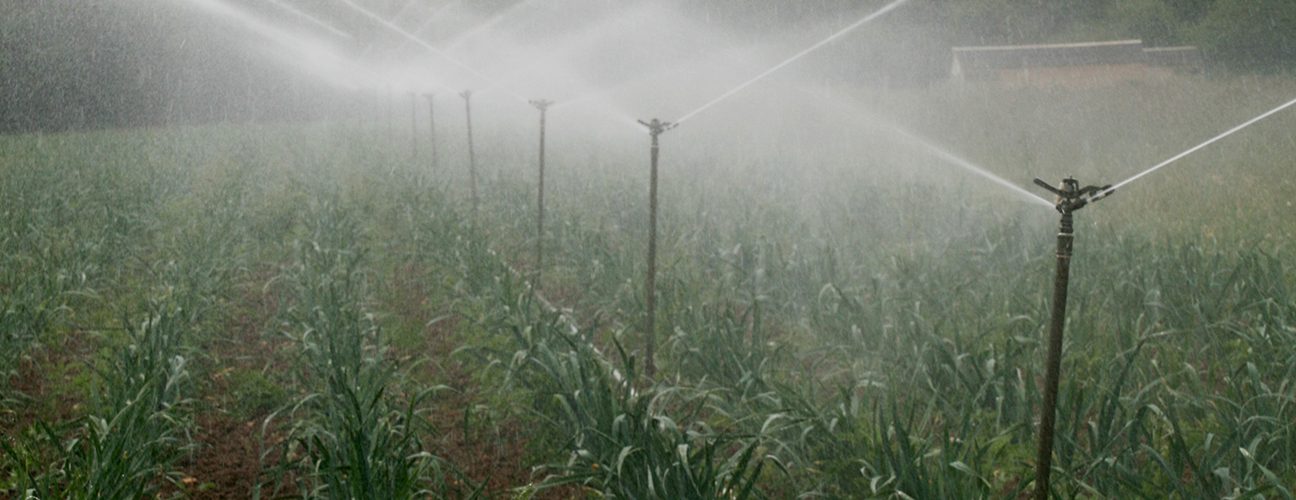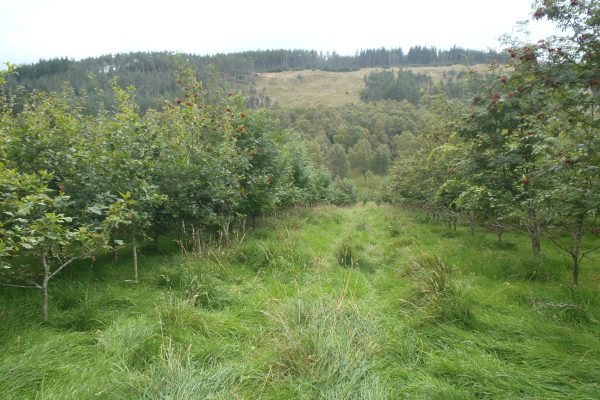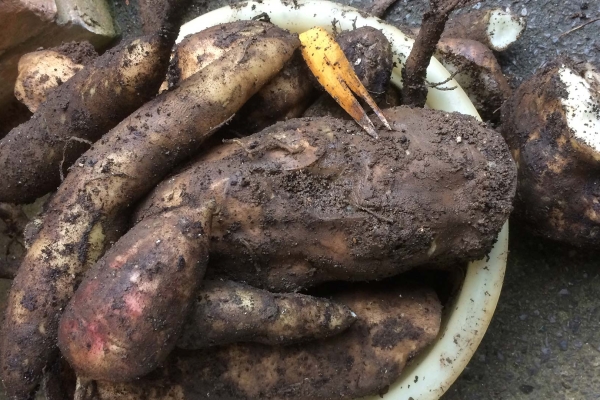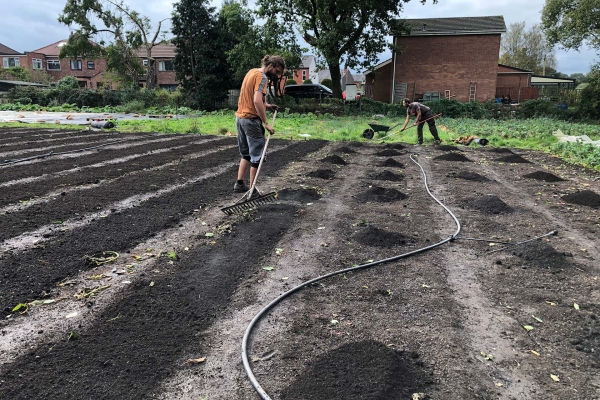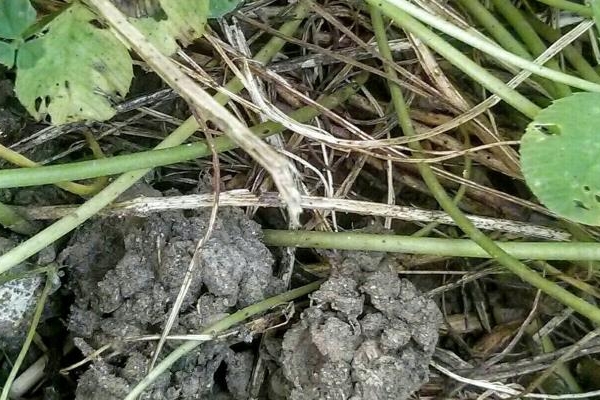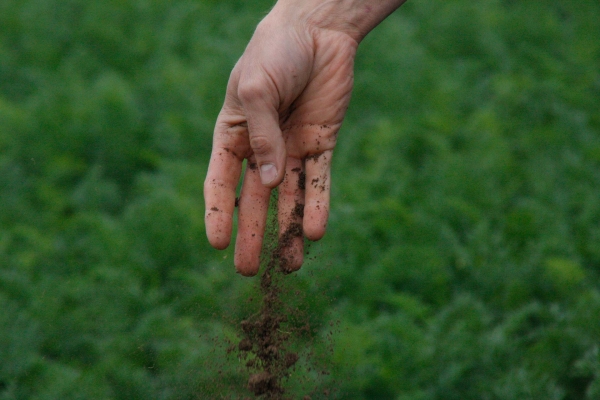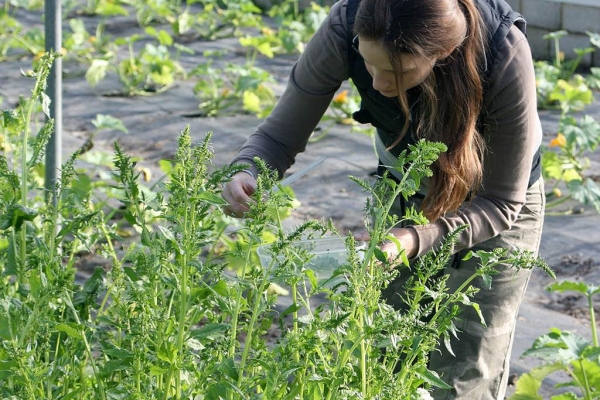Irrigation: a guide for new growers
Resource explained
This publication was written by experienced grower Pete Dollimore. It was produced as an outcome of the partnership between the CSA Network UK, The Gaia Foundation’s Seed Sovereignty Programme and The Organic Growers Alliance (OGA), and funded by Farming the Future. It is a practical guide aimed at new growers, but also valuable for growers of all levels. It was borne out of the numerous requests for advice that Pete has received over the years from new growers wanting to set up irrigation systems, particularly after the summer of 2022. The guide gives an overview of the commonly used installations with details of concepts, terminology, equipment, design, regulations and related aspects. It also describes some techniques to help growers estimate how much and when to water their crops. Although relevant to field scale systems, it focuses on the smaller, market garden scale where perhaps tractor use is optional rather than essential.
Findings & recommendations
- Although using mains water is an option and it is safe for fresh produce, it can be expensive and can have low-level impacts on soil biology.
- Collecting and storing water through water tanks is a ‘no-brainer’ when setting up a new market garden.
- Rainwater harvesting from polytunnels, greenhouses and buildings can provide fresh rainwater with low risk of contamination if stored carefully.
- Reservoirs and boreholes are serious projects needing ‘proper advice.’
- You are permitted to abstract up to 20m3 / day from a watercourse without a licence. It is best to use it to top up storage installations in times of plenty.
- Pete stresses the importance of constantly observing how the weather affects your soils and crops.
- Creating a cycle of sufficient wetting and drying will maintain soil aeration, producing deep rooting resilient crops and efficient use of water.
- Water early in the day when the soil is at its coolest. Avoid watering during the heat of the day. Although evenings are cooler, regularly leaving crops wet into the night can encourage mildew, blight and other fungal diseases.
- Get to know your soil, understand the needs of your crops, keep a close eye on rainfall, and learn how your irrigation kit works.
The following webinars were organised by CSA Network UK alongside this booklet, and can be accessed via the CSA Network UK and OGA YouTube channels:
Introduction To Irrigation For Small Scale Farmers with Pete Dollimore
Introduction To Irrigation For Small Scale Farmers – Pt 02 – Q&A
Real-life Irrigation Stories with Pete Dollimore, Iain Tolhurst and Dan Larke
